Home>Gardening & Outdoor>Landscaping Ideas>How To Fertilize Grass In Spring
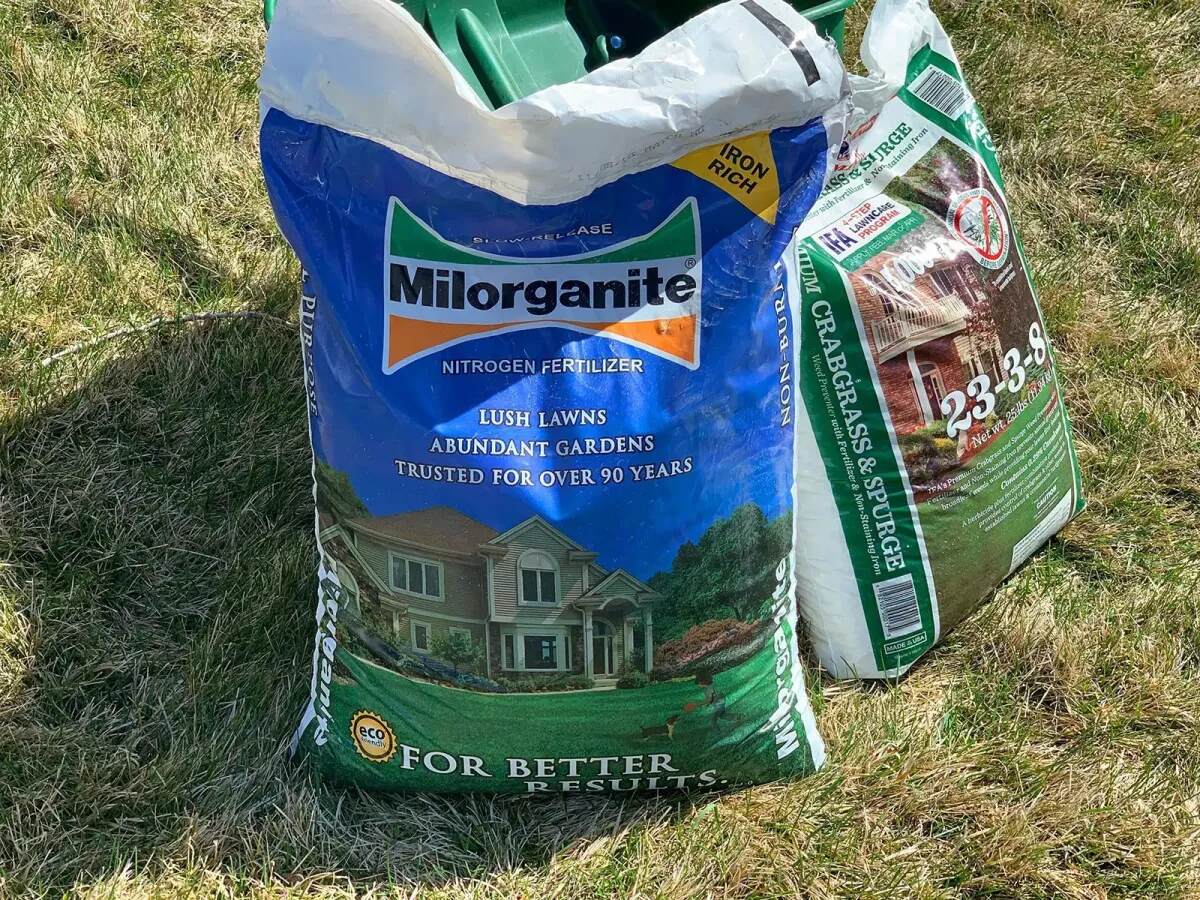

Landscaping Ideas
How To Fertilize Grass In Spring
Modified: March 27, 2024
Learn the best techniques for fertilizing grass in spring to achieve a lush, healthy lawn. Discover expert landscaping ideas to promote vigorous growth and vibrant greenery.
(Many of the links in this article redirect to a specific reviewed product. Your purchase of these products through affiliate links helps to generate commission for Storables.com, at no extra cost. Learn more)
Introduction
Welcome to the season of renewal and rejuvenation for your lawn! As the frost of winter gives way to the warmth of spring, it's time to give your grass the nourishment it needs to thrive. Fertilizing your lawn in the spring sets the stage for a lush, vibrant carpet of green that will be the envy of the neighborhood.
In this comprehensive guide, we'll delve into the art and science of spring grass fertilization. You'll discover the key factors to consider, from understanding the unique needs of your grass to selecting the right fertilizer and timing your application for maximum impact. We'll also explore the best practices for applying fertilizer and caring for your grass post-fertilization.
Whether you're a seasoned lawn care enthusiast or a novice homeowner looking to elevate your curb appeal, this guide is your go-to resource for achieving a healthy and resilient lawn. So, roll up your sleeves and get ready to unlock the secrets of spring grass fertilization. By the end of this journey, you'll be equipped with the knowledge and confidence to nurture your grass to its fullest potential. Let's embark on this green-thumb adventure together!
Key Takeaways:
- Spring grass fertilization is essential for a lush, healthy lawn. Understand your grass’s needs, choose the right fertilizer, time your application, and care for your grass post-fertilization for a vibrant, resilient lawn.
- Applying fertilizer correctly is crucial. Mow your lawn, choose the right fertilizer, apply it evenly, water lightly, and care for your grass post-fertilization to ensure a flourishing, visually captivating lawn.
Read more: What Kind Of Fertilizer For Grass In Spring
Understanding Grass Fertilization
Before delving into the specifics of spring fertilization, it’s essential to grasp the fundamentals of grass fertilization. At its core, fertilization is the process of providing essential nutrients to your lawn to promote healthy growth and vitality. These nutrients, typically nitrogen (N), phosphorus (P), and potassium (K), play pivotal roles in various aspects of your grass’s development.
Nitrogen is responsible for stimulating leaf and stem growth, giving your lawn that lush, verdant appearance. Phosphorus aids in root development and overall plant vigor, while potassium contributes to disease resistance and drought tolerance. Understanding the unique nutrient requirements of your grass species is crucial in formulating a targeted fertilization strategy.
Furthermore, soil composition and pH levels also influence nutrient availability to your grass. Conducting a soil test can provide valuable insights into your soil’s nutrient content and help tailor your fertilization approach accordingly. By comprehending the intricate interplay between nutrients, soil, and grass physiology, you can optimize the effectiveness of your fertilization efforts.
Another aspect to consider is the concept of slow-release versus quick-release fertilizers. Slow-release formulations gradually supply nutrients to your grass over an extended period, promoting sustained growth and minimizing the risk of nutrient leaching. On the other hand, quick-release fertilizers deliver an immediate nutrient boost, making them ideal for addressing specific deficiencies or jumpstarting growth in the early stages of the season.
By gaining a deeper understanding of grass fertilization principles, you’ll be better equipped to make informed decisions when selecting and applying fertilizers to your lawn. This knowledge forms the bedrock of a successful fertilization regimen, setting the stage for a resilient and visually stunning lawn.
Choosing the Right Fertilizer
With a myriad of fertilizer options adorning the shelves of garden centers, selecting the right one for your lawn can seem like a daunting task. However, armed with a basic understanding of fertilizer labels and composition, you can navigate this selection process with confidence.
The three primary nutrients—nitrogen, phosphorus, and potassium—are denoted on fertilizer packaging as a series of three numbers, such as 10-5-5. These numbers represent the percentage, by weight, of each nutrient in the fertilizer. For instance, a 10-5-5 fertilizer contains 10% nitrogen, 5% phosphorus, and 5% potassium. Understanding these ratios is crucial in tailoring your fertilizer choice to the specific needs of your lawn.
For spring fertilization, a nitrogen-rich fertilizer with a higher first number is often recommended to promote robust leaf and stem growth as your grass emerges from its winter slumber. However, if your soil test reveals a phosphorus or potassium deficiency, selecting a fertilizer with a higher proportion of the deficient nutrient can help rectify the imbalance and fortify your grass against stressors.
Additionally, consider the formulation of the fertilizer—granular or liquid—based on your convenience and the size of your lawn. Granular fertilizers are well-suited for larger areas and provide a slow, consistent release of nutrients over time. Conversely, liquid fertilizers offer rapid absorption and are ideal for spot treatments or smaller lawns.
Furthermore, the presence of secondary and micronutrients, such as calcium, magnesium, and iron, in the fertilizer can bolster your lawn’s overall health and resilience. These micronutrients play crucial roles in enzyme activation, chlorophyll production, and other essential metabolic processes within the grass.
By carefully scrutinizing fertilizer labels and considering your lawn’s specific needs, you can make an informed choice that aligns with your fertilization objectives. The right fertilizer sets the stage for a bountiful and vibrant lawn, laying the groundwork for a successful spring fertilization endeavor.
Timing Your Fertilization
Timing is of the essence when it comes to spring grass fertilization. Understanding the optimal window for applying fertilizer can significantly impact the effectiveness of your efforts and the overall health of your lawn. As the natural world awakens from its winter slumber, your grass enters a phase of active growth and nutrient absorption, making it an opportune time to administer fertilizer.
One crucial factor to consider is the type of grass in your lawn, as different species have distinct growth patterns and nutrient requirements. Cool-season grasses, such as Kentucky bluegrass and fescue, thrive on early spring fertilization, ideally in late March to early April when soil temperatures begin to rise. This timing coincides with the grass’s vigorous growth phase, ensuring that it can efficiently utilize the supplied nutrients for lush foliage and robust root development.
Conversely, warm-season grasses, including Bermuda grass and zoysia grass, exhibit their peak growth during late spring and early summer. For these varieties, fertilization in mid to late spring, around late April to early May, aligns with their heightened nutrient uptake and growth trajectory.
It’s important to be mindful of local climate patterns and temperature trends when determining the precise timing of your fertilization. Monitoring soil temperatures can provide valuable insights into the readiness of your grass for fertilization. When soil temperatures consistently hover around 55 to 60 degrees Fahrenheit, your grass is primed to reap the maximum benefits from the applied fertilizer.
However, it’s essential to exercise caution and avoid fertilizing too early in the season, as this can stimulate excessive top growth at the expense of root development. Furthermore, late-season fertilization, particularly as summer transitions into fall, can predispose your lawn to winter damage and disease susceptibility, making timely spring fertilization all the more critical.
By synchronizing your fertilization efforts with the natural rhythms of your grass and the seasonal climate, you can harness the full potential of your lawn’s growth and vitality. The right timing sets the stage for a flourishing and resilient lawn that will be a source of pride and admiration throughout the spring and beyond.
When fertilizing grass in the spring, use a slow-release fertilizer to provide nutrients gradually. Follow the instructions on the package and water the lawn after application to help the fertilizer penetrate the soil.
Applying Fertilizer
As you embark on the journey of spring grass fertilization, the manner in which you apply the fertilizer plays a pivotal role in its effectiveness and the overall health of your lawn. Whether you opt for granular or liquid fertilizer, employing the right techniques ensures that your grass receives the nourishment it needs to thrive.
Prior to applying fertilizer, it’s prudent to mow your lawn to an appropriate height, typically around 2 to 3 inches, to facilitate even distribution of the fertilizer and prevent potential scorching of the grass blades. Additionally, clearing the lawn of debris and ensuring that the soil is slightly moist can enhance the fertilizer’s absorption and utilization by the grass.
For granular fertilizers, using a broadcast spreader offers a convenient and efficient means of dispersing the granules evenly across your lawn. Begin by fertilizing the perimeter of your lawn to create a boundary, then proceed to cover the interior in a back-and-forth pattern, overlapping slightly with each pass to prevent missed spots. This method ensures uniform coverage and minimizes the risk of over-application in concentrated areas.
Conversely, liquid fertilizers can be applied using a hose-end sprayer or a watering can with a fine rose attachment. This allows for targeted application, especially in areas that may require additional attention or spot treatments. Ensuring that the liquid fertilizer is thoroughly mixed and diluted according to the manufacturer’s recommendations is crucial to prevent potential damage to the grass due to over-concentration.
After applying the fertilizer, lightly water your lawn to aid in the dissolution and percolation of the nutrients into the soil. This step facilitates the uptake of the nutrients by the grass’s roots and sets the stage for optimal utilization. However, it’s important to avoid excessive watering immediately after fertilization, as this can lead to nutrient leaching and diminished effectiveness of the fertilizer.
Lastly, meticulously clean and rinse the application equipment to prevent cross-contamination and ensure its readiness for future use. Storing the equipment in a dry, sheltered area preserves its functionality and longevity, ready for the next fertilization cycle.
By adhering to these best practices and techniques for applying fertilizer, you can instill your lawn with the vital nutrients it needs to flourish and radiate health throughout the spring and beyond.
Caring for Your Grass After Fertilization
Following the application of fertilizer, proactive post-fertilization care is instrumental in nurturing your grass to its fullest potential and safeguarding it against potential stressors. By implementing a few simple yet effective practices, you can bolster the impact of the fertilizer and fortify your lawn for the challenges ahead.
First and foremost, it’s advisable to refrain from mowing your lawn for a few days after fertilization to allow the nutrients to be absorbed and assimilated by the grass. This brief respite from mowing enables the grass to channel its energy into utilizing the supplied nutrients for robust growth and development. Additionally, avoiding heavy foot traffic on the lawn during this period minimizes the risk of compacting the soil and impeding the nutrient uptake process.
After a few days have elapsed, resume your regular mowing schedule, ensuring that the mower blades are sharp to achieve clean, precise cuts. This promotes the overall health of the grass and prevents undue stress on the newly fertilized turf. Aim to remove no more than one-third of the grass blade’s height during each mowing session to maintain an optimal grass length and encourage healthy regrowth.
Furthermore, maintaining a consistent watering regimen is vital in the wake of fertilization. Adequate hydration supports the grass’s metabolic processes and facilitates the efficient utilization of the supplied nutrients. However, it’s essential to strike a balance and avoid overwatering, as excessive moisture can dilute the fertilizer and impede its efficacy. Aim for deep, infrequent watering sessions to encourage robust root development and drought resistance in your grass.
Regular inspection of your lawn for signs of nutrient uptake, such as vibrant green foliage and vigorous growth, allows you to gauge the effectiveness of the fertilizer and make any necessary adjustments to your lawn care routine. Additionally, promptly addressing any weed infestations or pest issues that may arise post-fertilization preserves the integrity of your lawn and ensures that the nutrients are channeled towards the grass rather than competing vegetation.
By tending to your grass with attentiveness and care in the aftermath of fertilization, you can amplify the benefits of the applied nutrients and cultivate a resilient, visually captivating lawn. These post-fertilization practices set the stage for a season of abundant growth and enduring vitality, transforming your lawn into a verdant oasis that beckons admiration and appreciation.
Conclusion
Congratulations on embarking on the enriching journey of spring grass fertilization! By delving into the intricacies of grass fertilization, from understanding the nutrient requirements of your lawn to selecting the right fertilizer and timing its application, you’ve equipped yourself with the knowledge and insights to elevate your lawn care endeavors to new heights.
As you nurture your grass through the spring season and beyond, remember that the principles of grass fertilization are not merely about supplying nutrients to the soil. They are a testament to your commitment to fostering a vibrant and resilient lawn that serves as a source of pride and natural beauty.
By tending to your grass with a blend of scientific understanding and attentive care, you set the stage for a season of abundant growth, lush foliage, and enduring vitality. The lush, vibrant greenery that unfolds before you is a testament to the harmonious interplay between nature’s rhythms and your nurturing touch.
As you witness the transformation of your lawn into a verdant oasis, take pride in knowing that your efforts have not only enhanced the aesthetic appeal of your surroundings but also contributed to the well-being of the ecosystem. Your flourishing lawn serves as a haven for beneficial insects, a carbon sink, and a testament to the beauty of sustainable, nature-friendly practices.
So, as you revel in the splendor of your revitalized lawn, take a moment to appreciate the profound impact of your dedication and care. Your lawn is more than just a patch of grass; it is a living tapestry that reflects your nurturing spirit and reverence for the natural world.
As you continue your journey as a steward of your lawn, may the knowledge and insights gained from this guide serve as a guiding light, empowering you to cultivate a thriving, resilient, and visually captivating lawn that beckons admiration and appreciation. Your green-thumb adventures have only just begun, and the possibilities for your lawn’s transformation are as boundless as your passion for nurturing it.
Here’s to a season of abundant growth, vibrant greenery, and the enduring beauty of a well-tended lawn. Happy fertilizing!
Frequently Asked Questions about How To Fertilize Grass In Spring
Was this page helpful?
At Storables.com, we guarantee accurate and reliable information. Our content, validated by Expert Board Contributors, is crafted following stringent Editorial Policies. We're committed to providing you with well-researched, expert-backed insights for all your informational needs.
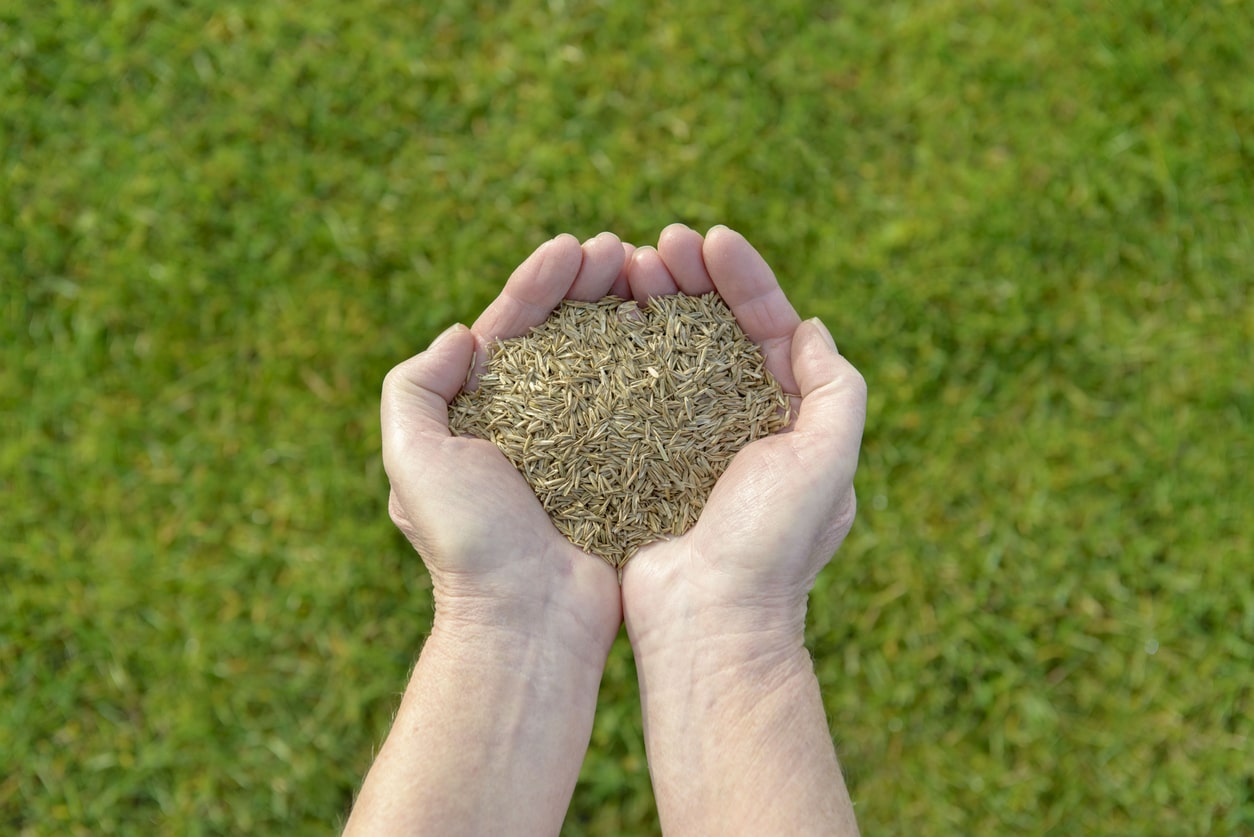
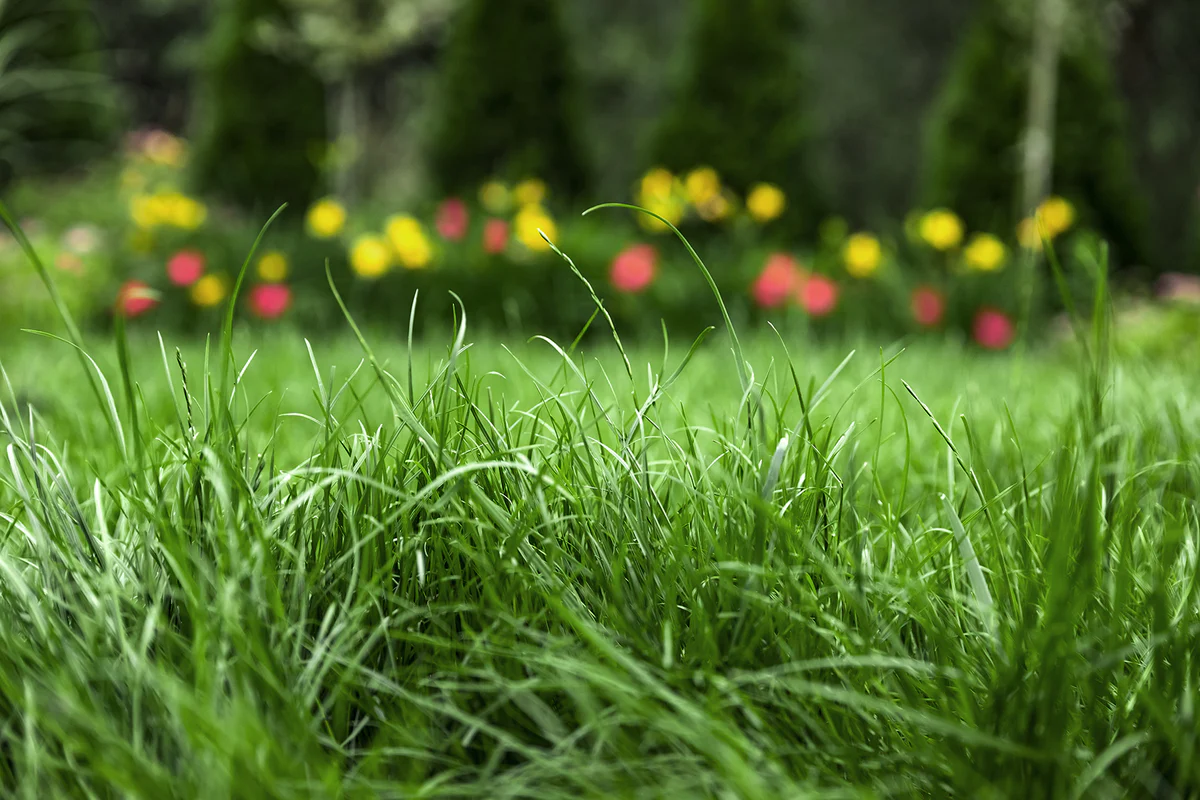
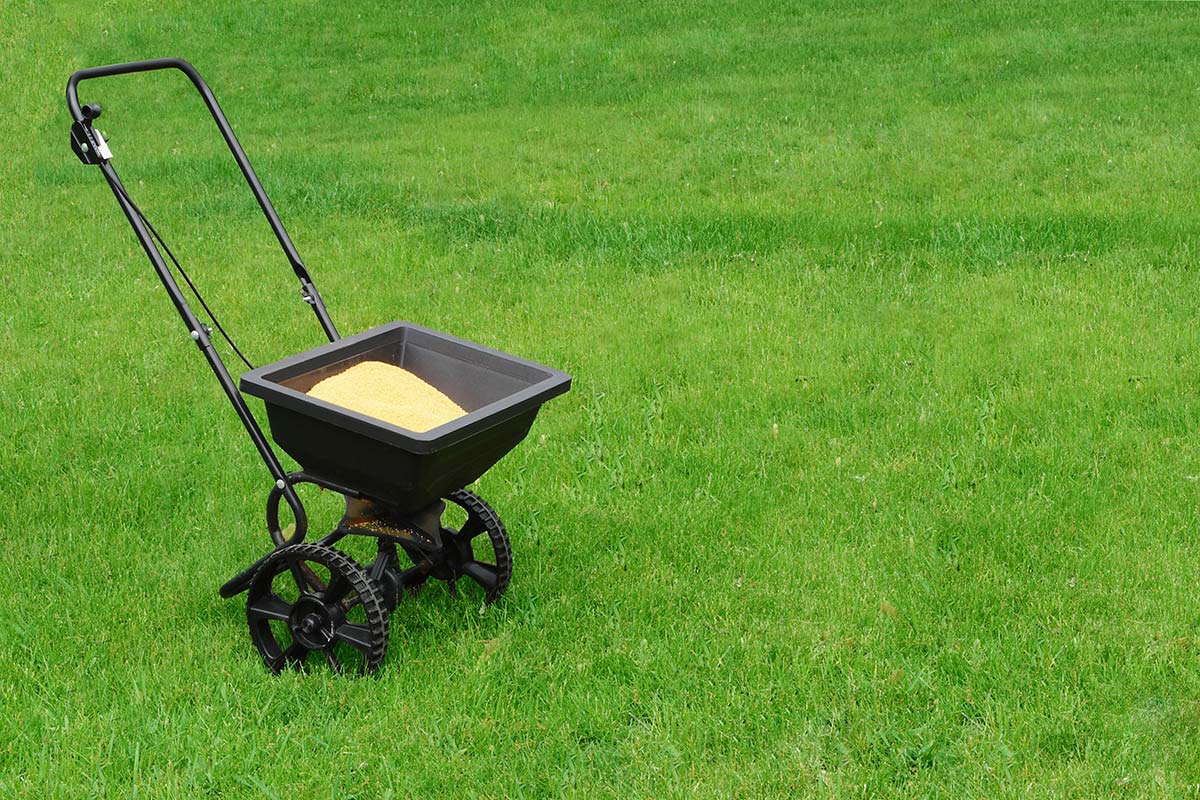

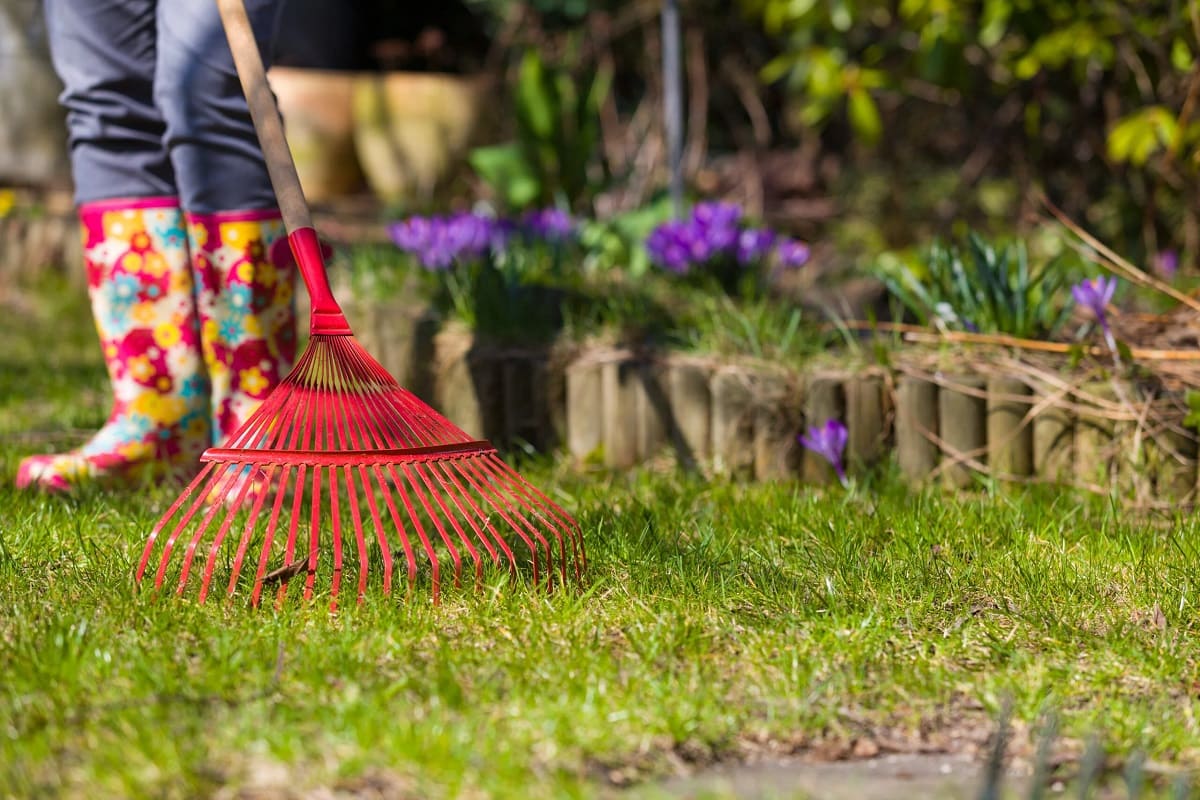
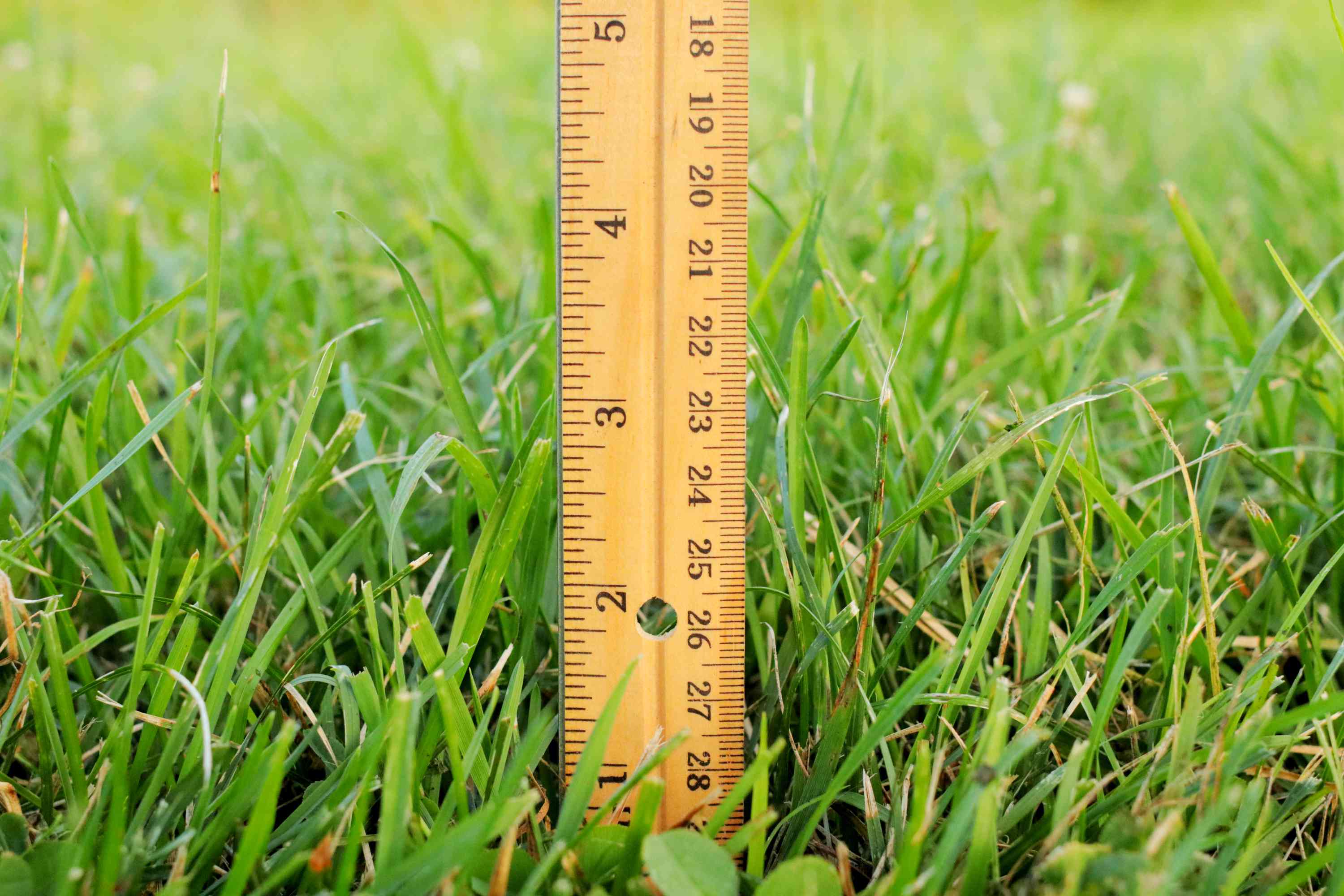
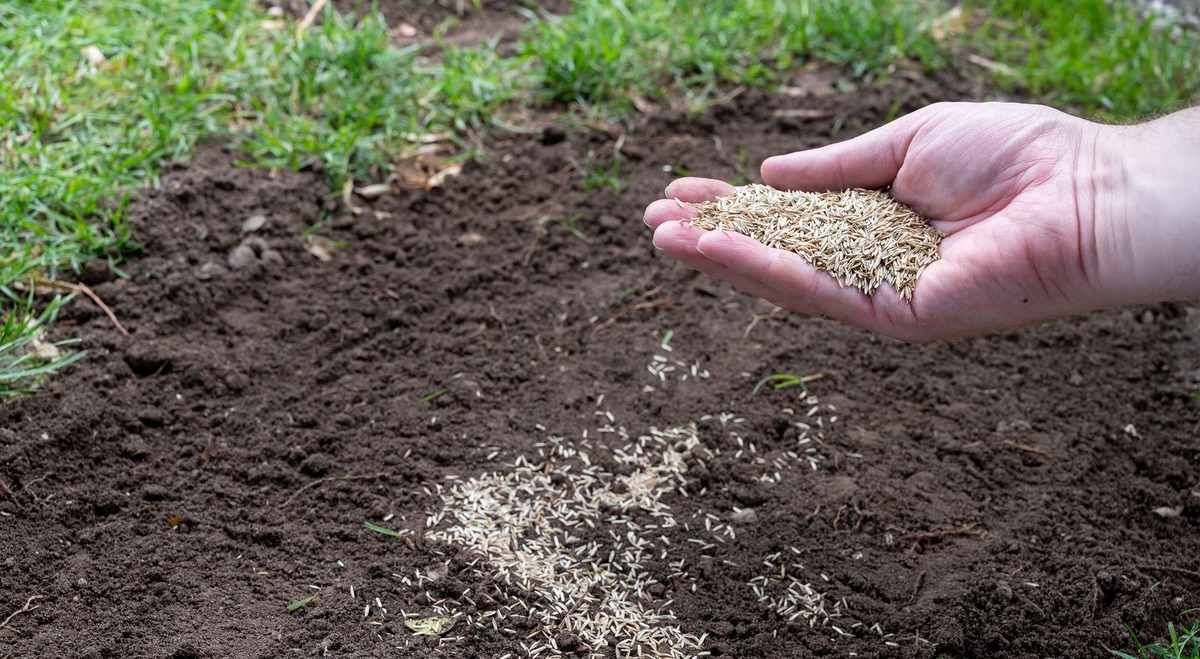
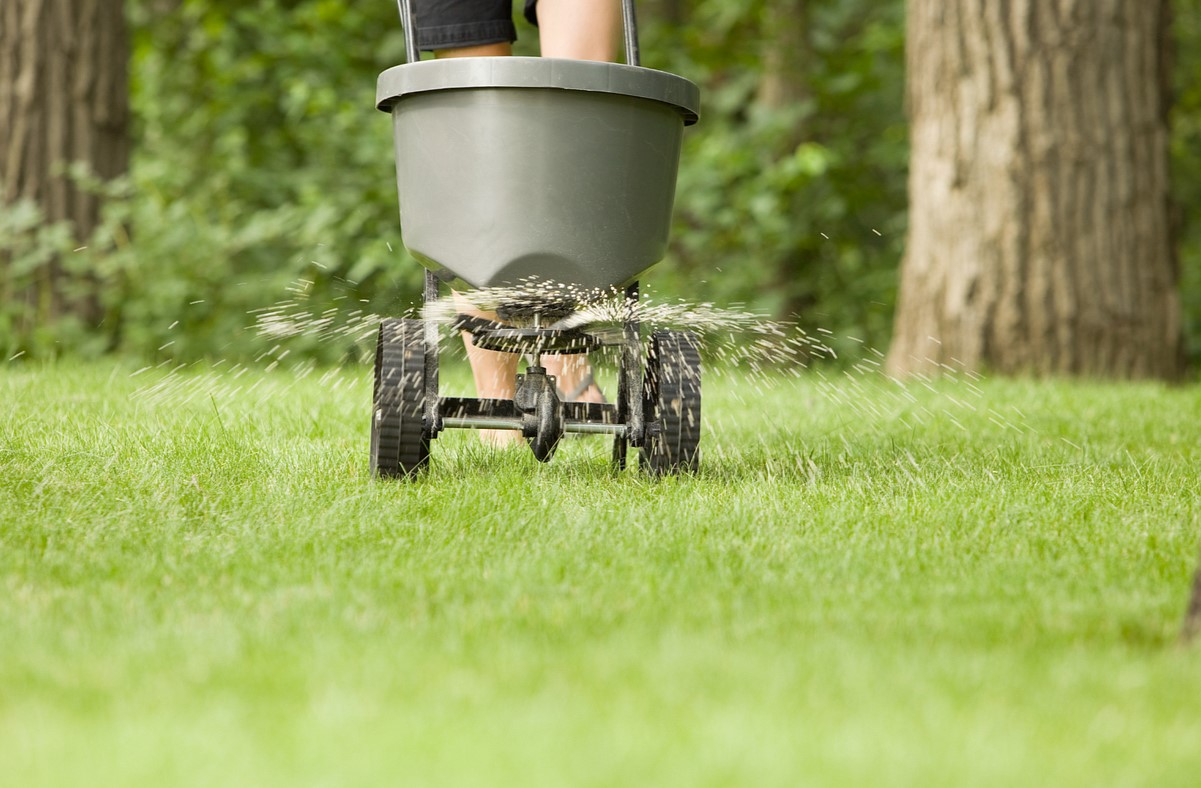
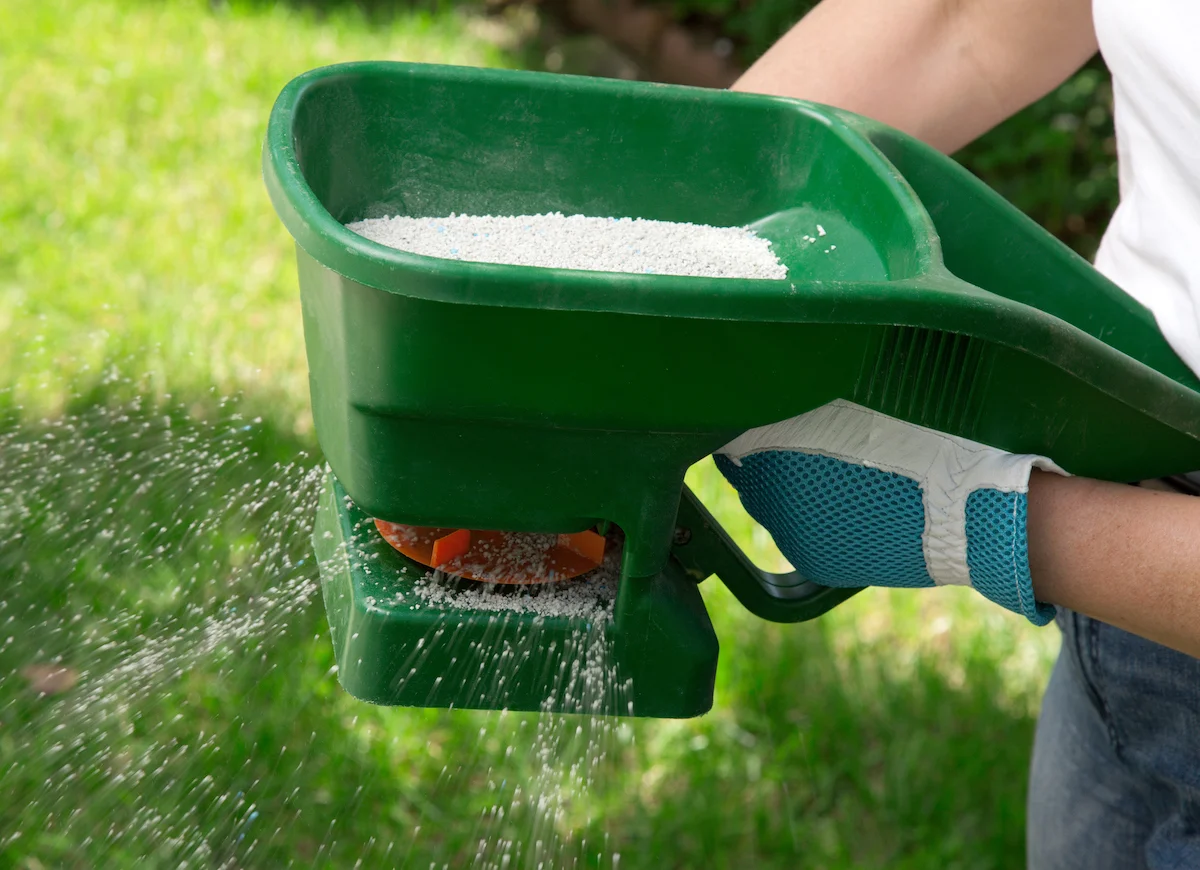
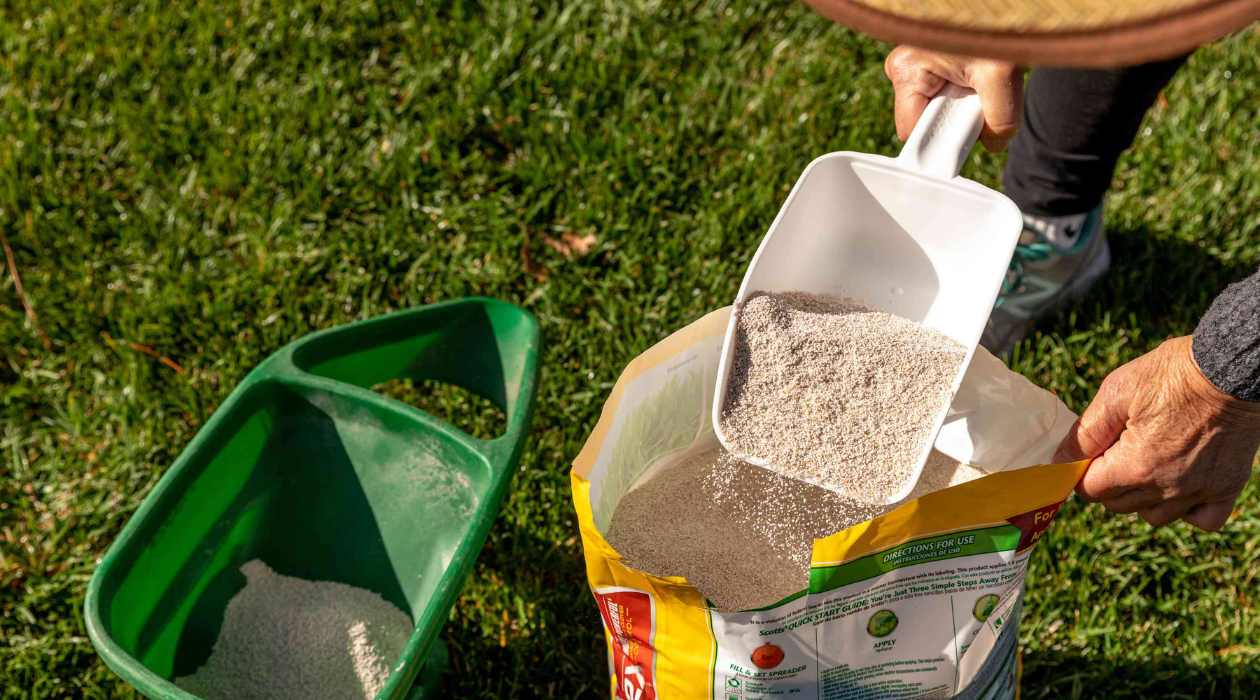
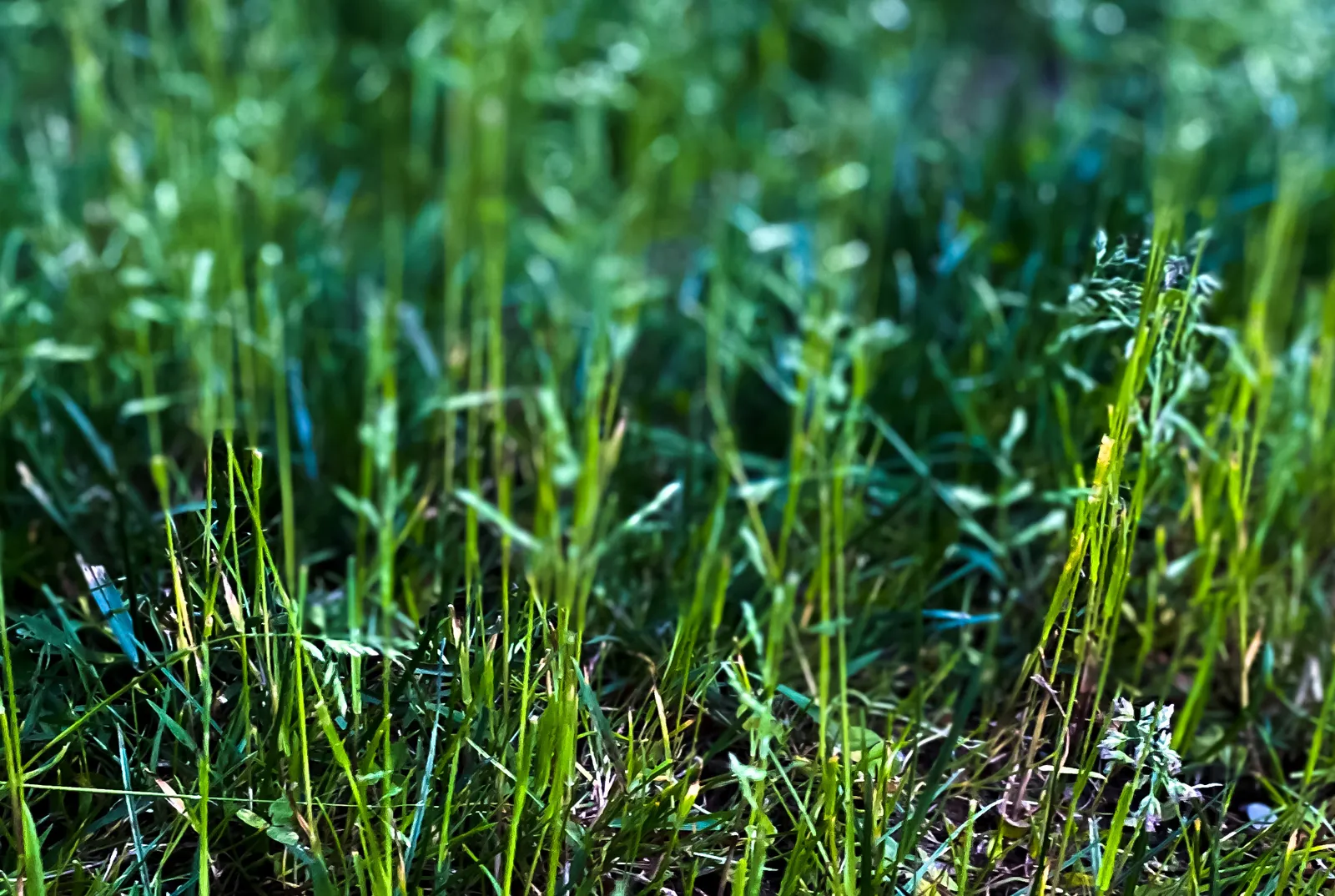
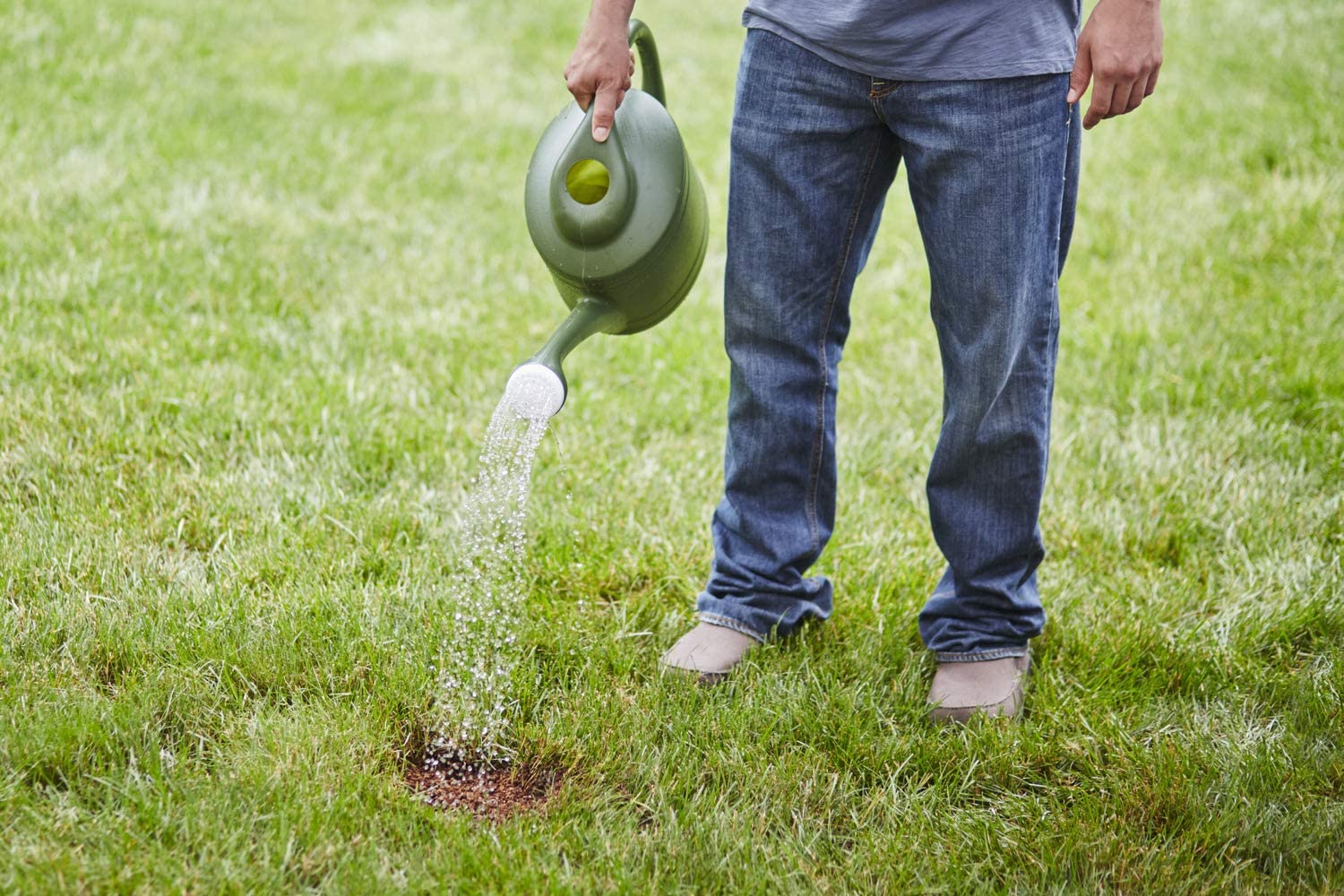



0 thoughts on “How To Fertilize Grass In Spring”